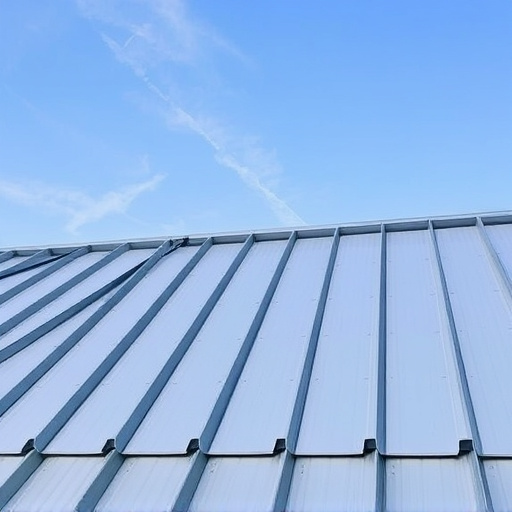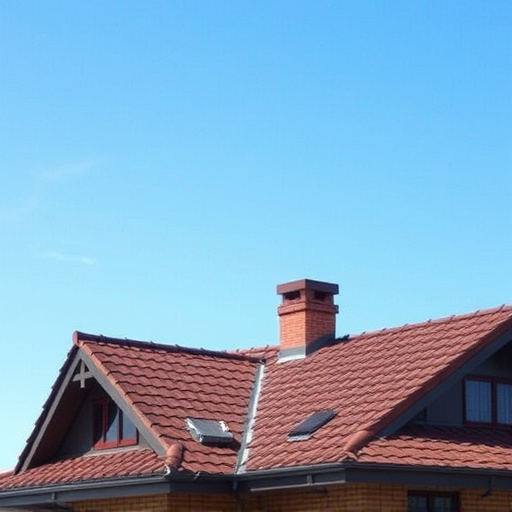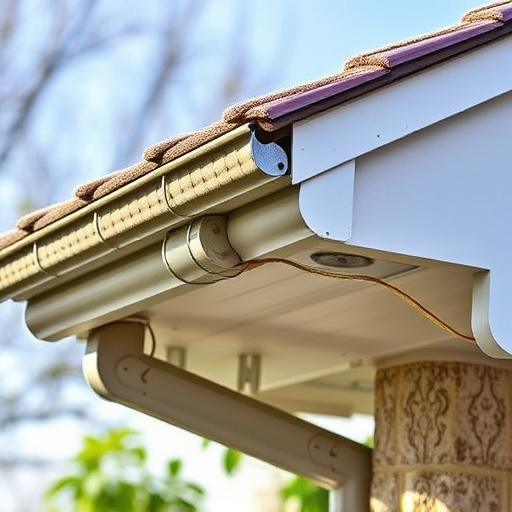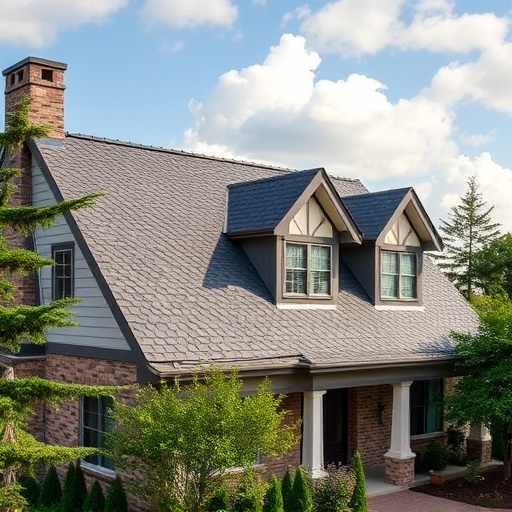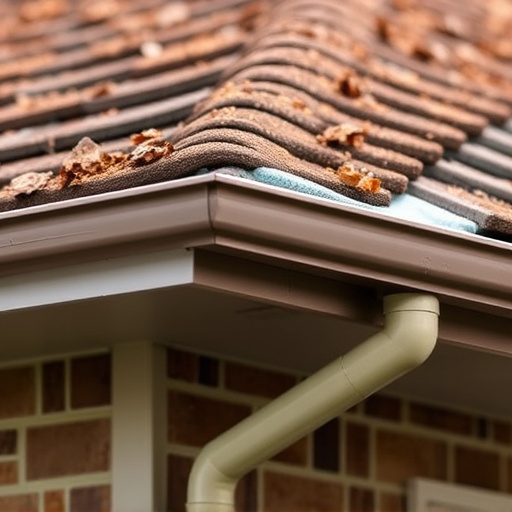For a successful siding install, pay close attention to corners and edges, requiring precise measurements and tailored profiles to ensure aesthetic consistency and structural soundness. Proper sealing is vital to prevent water damage. Different materials like vinyl, wood, or fiber cement offer various corner solutions, from specific moldings to mitered joints, with professional roofing services recommending versatile options for complex roofs.
When installing siding, handling corners and edges correctly is crucial for a professional finish. This guide addresses the unique challenges of these areas, from understanding diverse configurations before installation to efficient techniques for securing panels around corners and edges. We explore best practices for sealing, common issues like misaligned panels and gap filling, and offer solutions for maintaining structural integrity. By mastering these skills, you can achieve superior results in any siding project.
- Understanding Corner and Edge Requirements Before Installation
- – Measuring and preparing for unique corner and edge configurations
- – Choosing the right siding materials for various shapes and angles
Understanding Corner and Edge Requirements Before Installation
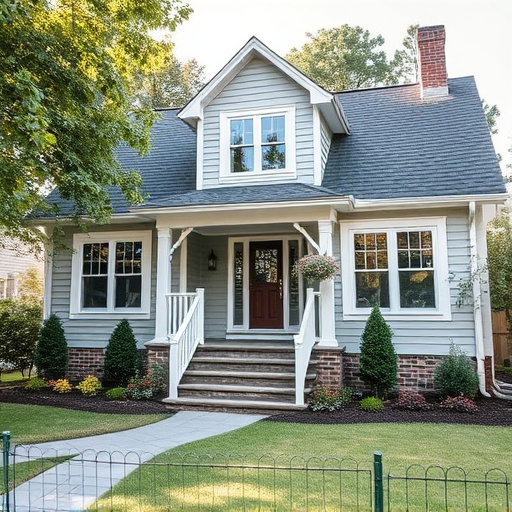
Before initiating any siding install, it’s paramount to grasp the unique requirements that corners and edges pose. These areas often necessitate special attention due to their structural intricacies and visual prominence on an exterior home improvement project. Unlike straight runs, corners and edges demand precise measurement, cutting, and fitting to ensure seamless integration with the rest of the residential siding or gutters.
Understanding these demands early on allows for effective planning. It’s crucial to select appropriate corner and edge profiles that align with your overall siding and gutter design. This ensures both aesthetic harmony and structural integrity. Moreover, ensuring proper sealing at these junctions is essential to maintain the structural integrity of your exterior home improvements, preventing water intrusion and potential damage over time.
– Measuring and preparing for unique corner and edge configurations
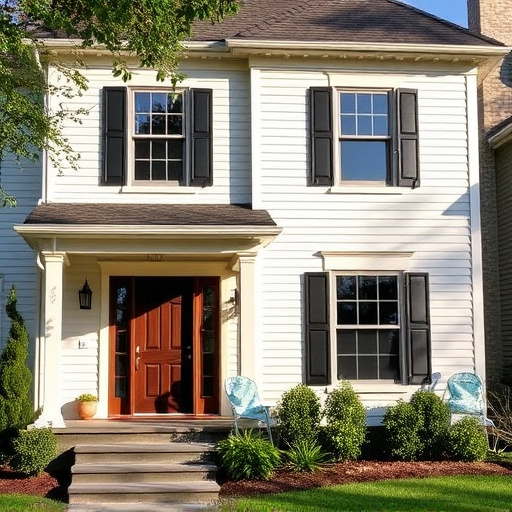
When installing siding on a home or commercial property, navigating corners and edges is an essential aspect that requires careful preparation. Each structure presents unique configurations, from right angles to curved lines, demanding a tailored approach for seamless results in roofing and siding. Measuring accurately is crucial; take dimensions of the walls, ensuring you account for any protruding elements or overhangs that could impact the fit.
Consideration should also be given to the materials used in home exterior services. Different types of siding—vinyl, wood, or fiber cement—may have specific requirements for corners and edges. For instance, vinyl often requires specialized molding to create clean lines, while wood might need mitered joints for a precise fit. Planning these details beforehand ensures a professional finish that enhances the overall aesthetic appeal of the roofing and siding project.
– Choosing the right siding materials for various shapes and angles
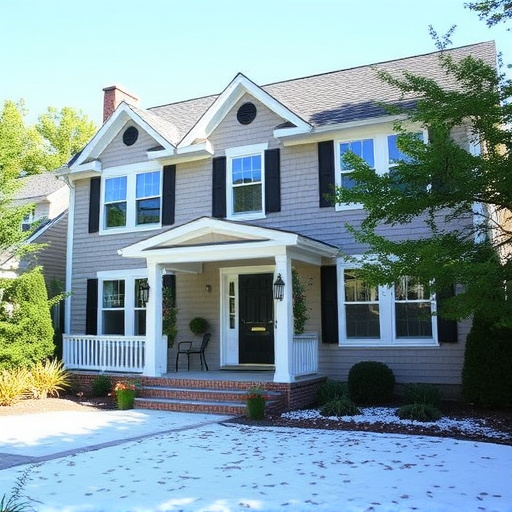
When planning a siding install, understanding how to handle corners and edges is key. The right siding materials are essential for achieving a neat, durable finish that complements the unique shapes and angles of your home’s exterior. For instance, choose corner pieces designed specifically for mitred or lapped joints, ensuring a seamless fit around windows, doors, and other projections.
Residential siding options like vinyl, fiber cement, or wood planks offer diverse styles to match various architectural designs. In areas with complex roofing solutions, consider materials that can adapt to curved surfaces or irregular edges. Professional roofing services often recommend these versatile options for a long-lasting, low-maintenance exterior finish.
When installing siding, paying special attention to corners and edges is crucial for a professional finish. By understanding the unique requirements of these areas and selecting the appropriate siding materials, you can ensure a seamless and aesthetically pleasing exterior. With careful measurement and preparation, you’ll be able to navigate even the most complex configurations, making your siding install a successful and lasting project.









